Most people think of the boot-shaped mainland when considering vacation destinations in Italy, but there are more than 80 picturesque islands within Italy’s borders to explore and enjoy as well. From the 17 islands that make up the city of Venice to the beautiful Aeolian Islands off the coast of Sicily, Italy’s islands are as diverse in landscape, culture and climate as the nation’s mainland. Whether in search of Italy’s rich past or on the hunt for a beach with powder-soft sand and clear water,Italian islands have something special to offer every visitor looking for a taste of la dolce vita.
10Procida
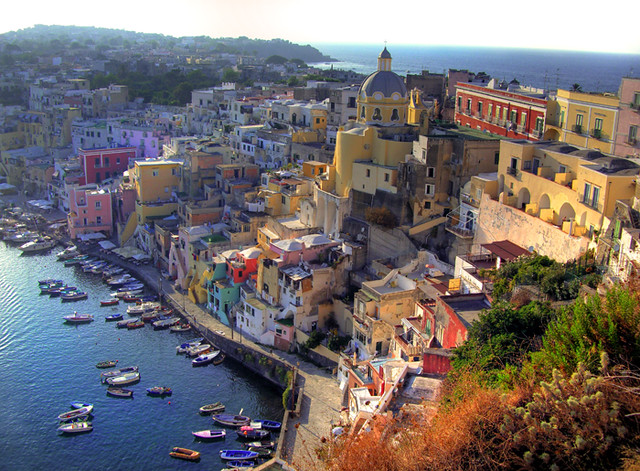 flickr/J.Salmoral
flickr/J.Salmoral
The smallest of the three most popular islands in the Bay of Naples, Procida doesn’t have the same number of attractions as Capri and Ishia, but it’s also far less crowded than its larger neighbors. It’s the ideal destination for those seeking a laid-back seaside vacation. Towns like the main port Marina Grande and Chiaiolella have basic accommodations, restaurants serve simple meals of fresh fish or rabbit and sandy beaches offer sunbathing and swimming. The Church of San Michele, with its painted domes depicting Saint Michael battling invasive Turks, offers a break from the sun as well as a glimpse of Procida’s history.
9Panarea
 flickr/Ghost-in-the-Shell
flickr/Ghost-in-the-Shell
The smallest of the Aeolian Islands located north of Sicily, Panarea is the darling of celebrities and jet-setters from all over the world. With a population of around 200, the largely undeveloped island has only a few hotels and rentals, which helps keep the island free of summer crowds. There are no cars on Panarea; locals and tourists motor about on golf carts and electric-powered bikes. Most food is imported and expensive. In the evening, lamps and lanterns light up the night. Upscale visitors come to Panarea to swim, dive and sunbathe in privacy and to enjoy lazy strolls through the island’s postcard-perfect villages.
8Ischia
 flickr/Caleb Lost
flickr/Caleb Lost
Ischia is the largest of the islands that dot the Bay of Naples on Italy’s western coast. Sandy beaches and natural hot springs make the island a popular travel destination for weekend getaways for residents of Naples and for packaged European tours. Most of the island is mountainous, dominated by the 789 meter (2,589 foot) tall volcanic Mount Epomeo. Ischia has many attractions worth visiting, including the Giardini Ravino, a botanical garden located at Forio d’Ischia known for its extensive collection of cacti and succulents, the Castello Aragonese, a medieval castle built by Alfonso D’Aragnona, and the Guervera Tower, a 15th century fortress that’s become a symbol for the island.
7La Maddalena
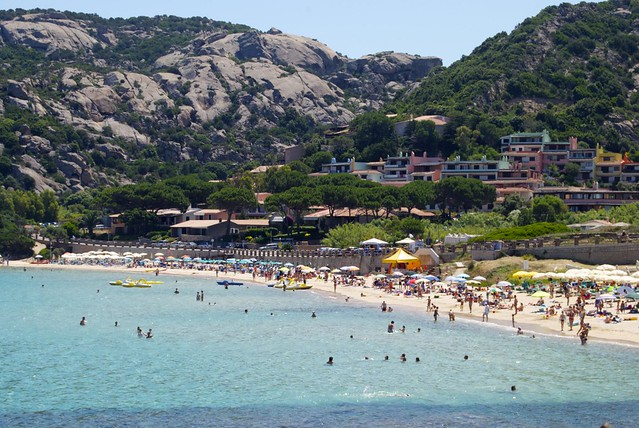 flickr/fabriziosinopoli
flickr/fabriziosinopoli
Located off the northeast coast of the island of Sardinia, La Maddalena is the largest isle in the La Maddalena Archipelago. Linked to its neighboring island of Caprera by a long causeway, the island can be reached by boat or by the ferries that run from Sardinia throughout the day and night. The pink-toned granite rock quarried near the town of La Maddalena, some of which was used in the construction of the Statue of Liberty, makes the village glow at sunset. The town is known for its smoldering nightlife too. A road circling the island brings visitors to La Maddalena’s most popular beaches, Bassa Trinita and Spalmatore, and passes by several abandoned military forts.
6Lampedusa
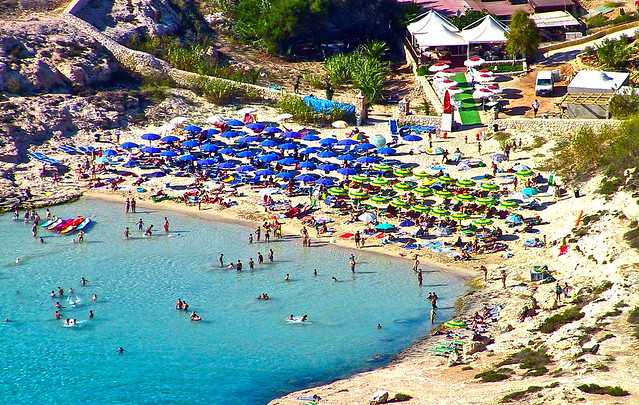 flickr/lucasiragusa
flickr/lucasiragusa
Located closer to Tunisia than it is to Italy, Lampedusa is home to one of the world’s most beautiful beaches, Rabbit Beach. Situated on an islet on Lampedusa’s southern coast, the heart-shaped beach can be reached by wading through the crystal-clear shallows. The protected island is one of the few spots in the Mediterranean where loggerhead sea turtles can safely lay their eggs. Conditions for snorkeling and diving are ideal on Lampedusa, and a tour by boat is the best way to find the perfect undersea location. One popular diving spot is around the submerged statue of Madonna del Mare where divers can encounter octopus, groupers and sargo fish.
5Lipari
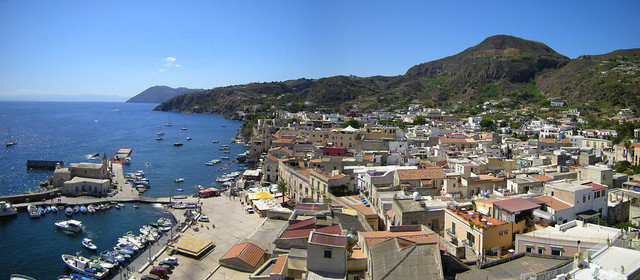 flickr/Leandro
flickr/Leandro
Lipari is the largest of the seven volcanic isles that make up the Aeolian Islands off the coast of Sicily. Once famed for the black obsidian pulled from its volcanic earth, Lipari is best known today for its rugged landscape, pretty white-washed towns and crystal-clear blue water. Snorkeling, diving, boating and hiking are favorite activities on this scenic isle. Of the island’s tourist destinations, the Aeolian Archaeological Museum is a must-see attraction. The museum houses an amazing collection of artifacts from the nearby Contrada Diana necropolis, including thousands of sarcophagi perfectly preserved by volcanic ash from ancient eruptions.
4Elba
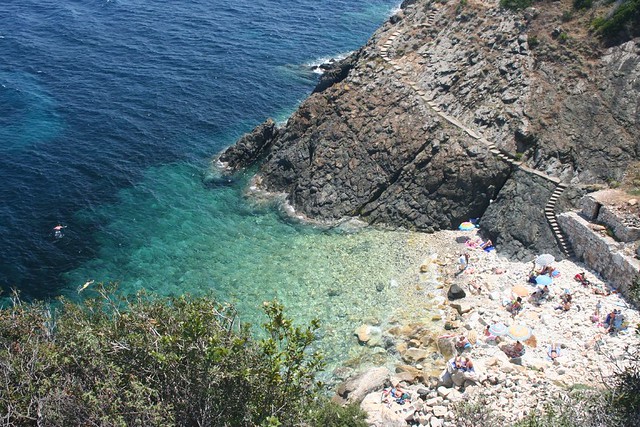 flickr/MaPHas
flickr/MaPHas
Part of the Tuscan Archipelago off Italy’s western coast, Elba is best known as a place of exile for Napoleon, and most people include a visit to his summer and winter homes while visiting the island. Italy’s third largest island boasts more than 150 beaches too, from wide stretches of sand to sheltered coves. The most popular beach destinations include the resort of Marina di Campo, the ultra-fine sand of Procchio and the dreamy blue waters of Fetovia. Hikes in the mountainous inland area are favorite activities too. Visitors have been known to come across gemstones, quartz and crystals on the slopes of mineral-rich Mount Capanne.
3Capri
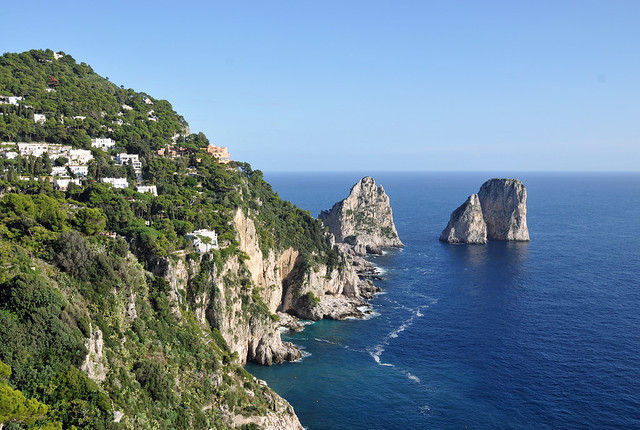 flickr/archer10 (Dennis)
flickr/archer10 (Dennis)
Located in the Bay of Naples, Capri is an island rich in mythology and history. Sirens were said to have lured sailors to their death here with their sultry songs. The Roman emperor Tiberius lived here until his death in 37 A.D. Villa Jovis, the emperor’s imperial residence, is one of the island’s most popular attractions. Capri’s most famous natural attraction is the Blue Grotto, a waterfront cave that’s accessible by boat when the tide is right. The sunlight pouring in from the entrance turns the water a glowing turquoise blue. Riding the Seggiovia chair-lift in the city of Anacapri to the summit of Monte Solaro is a favorite activity too. The 15-minute trip offers spectacular views of the island and sea.
2Sardinia
 flickr/robad0b
flickr/robad0b
Anchored between the Italian peninsula and North Africa’s coastline, Sardinia has been home to a succession of civilizations, many of which have left their mark on the second largest island in Italy. From stone structures built by the people known as nuraghi 3,000 years ago to medieval castles and churches, visitors interested in history, architecture and culture won’t be disappointed. Most travelers, however, come to Sardinia for its sunny and clean beaches, the most popular of which are in Costa Smeralda in the northeast region. Hiking, climbing and camping are favorite activities for visitors who want to escape crowded beaches and explore the island’s hilly inlands.
1Sicily
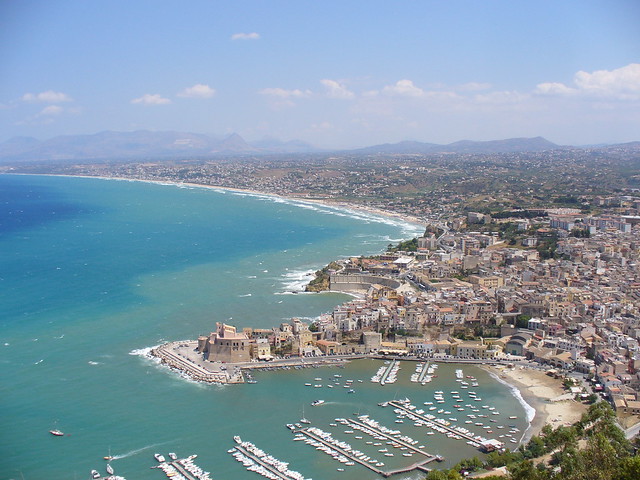 flickr/Leandro
flickr/Leandro
The largest island in the Mediterranean Sea, Sicily is an autonomous region of Italy that also includes several islands and archipelagos. Sicily is separated from the mainland by the two-mile-wide Strait of Messina and is reached by boat, plane, hydrofoil or ferry. The island’s most striking geological feature is Mount Etna, Europe’s tallest active volcano, but the island’s beaches, seaside resorts and sunny, dry climate are Sicily’s biggest tourist attractions.
The island’s many archaeological sites draw travelers too. Visitors can trace Sicily’s 10,000-year-history by exploring sites like the Necropolis of Pantalica to the northwest of Syracuse, which houses around 4,000 tombs dating back to the 13th century B.C. Near the city of Agrigento lies the striking ruins of Akragas, which has some of the best-preserved temples of the Ancient Greek world.
- See more at: http://www.touropia.com/italian-islands/#sthash.n5kXLYWv.dpuf
No comments:
Post a Comment